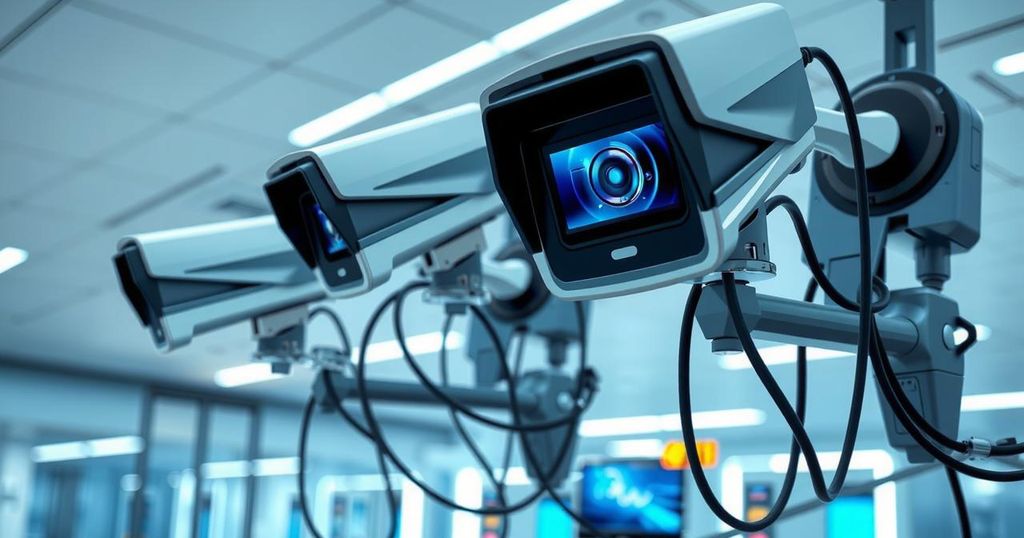TriEye has launched the TES200, a 1.3-megapixel SWIR image sensor designed for advanced biometric applications. Operating in the 700nm to 1650nm range, it excels in low-light and obscured conditions where traditional sensors struggle. The sensor’s capabilities are expected to innovate areas like under-display facial recognition and hyperspectral imaging for hand-based biometrics. The product will be showcased at the upcoming CIOE exhibition in September 2024.
TriEye has launched the TES200, a cutting-edge CMOS-based short-wave infrared (SWIR) image sensor with a resolution of 1.3 megapixels. Designed to operate within the wavelength range of 700nm to 1650nm, the TES200 aims to meet the rigorous demands of industries including robotics, automotive, and particularly biometric systems. This innovative sensor is engineered for challenging lighting scenarios where traditional visible light sensors struggle. The capabilities of SWIR technology enable it to penetrate environmental obstacles such as fog and smoke, which typically obstruct visible light transmission, thereby enhancing imaging in adverse conditions. TriEye’s CEO, Avi Bakal, emphasized the significance of the TES200’s introduction, highlighting that it aligns with the current demand for more sophisticated sensor technologies stemming from advancements in artificial intelligence. The company plans to showcase the TES200 at the CIOE exhibition scheduled for September 11-13, 2024, at the Shenzhen World Exhibition and Convention Center in China. The application of SWIR imaging is particularly relevant in biometric contexts. The TES200 may serve as an advanced alternative to traditional near-infrared scanners used in under-display facial recognition on smartphones. Furthermore, when paired with an optical spectrograph, the SWIR camera has the potential to function as a line-scan hyperspectral imaging device, effectively analyzing subsurface tissue structures in hands, offering a distinctive biometric reference that varies from person to person.
Short-wave infrared (SWIR) imaging utilizes wavelengths ranging from approximately 700nm to 1650nm, allowing it to capture data in conditions where visible light imaging fails. Its unique ability to penetrate various obscurants makes it invaluable in applications across numerous fields, particularly in communications, industrial automation, and biometric recognition. TriEye’s TES200 sensor not only responds to these needs but also integrates seamlessly with evolving technologies such as artificial intelligence, enhancing its applicability in modern sensing tasks.
The introduction of TriEye’s TES200 SWIR image sensor signifies a substantial progression in imaging technology, especially for biometric systems. Its ability to function optimally in low-light situations and penetrate obstacles enhances its relevance. As biometrics increasingly rely on advanced imaging methods, the TES200 is positioned to become an essential component in future biometric solutions, ranging from smartphones to sophisticated identification systems.
Original Source: www.biometricupdate.com





